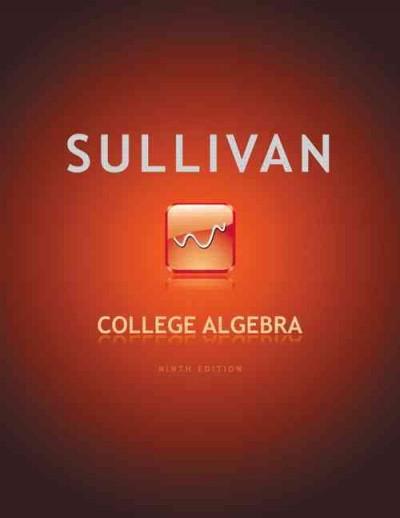17. Write the null and alternative hypotheses you would use to test each situation. Complete parts a through c. a) In the 1950s, only about 40% of high school graduates went on to college. Has the percentage changed? Ho : (1 ) - (2) .0.40 vs. HA: (3) (4) -0.40 b) Twenty percent of cars of a certain model have needed costly transmission work after being driven between 50,000 and 100,000 miles. The manufacturer hopes that a redesign of a transmission component has solved this problem. Ho : (5 ) (6) .0.20 vs. HA: (7). (8). . 0.20 c) We field-test a new-flavor soft drink, planning to market it only if we are sure that over 60% of the people like the flavor. Ho : (9 ) (10) 0.60 vs. HA: (11) (12) -0.60 (1) 0 (2 ) O O s VIV# II OOOO (7) Oy (8) 0 = O (9) O (10) O s O * (11 ) y ( 12 ) 0 IV IA # O O O IV O OOOO OOOO v P 11 A 18. To analyze the sodium content of a 12 ounce can of sugar free soda, researchers selected a random sample of 48 cans and computed x = 41.2 and sy = 2.3. What is a 95% confidence interval for the population mean sodium content? Round the margin of error to two decimal places. O A. 41.2+1.35 O B. 41.2+0.95 O C. 41.2+0.67 O D. 41.2+2.30 O E. 41.2+2.0119. During an economic crisis, the average value of homes in a community of 36 homes lost $9356 with a standard deviation of $1400. The average home value in the region lost $8890. Was this community of 36 homes unusual? Use a t-test to decide if the average loss observed was significantly different from the region value. Use a level of significance a = 0.05. Identify the hypotheses for the test. HO H ( 1 ) HA: H ( 2 ) . The test statistic is (Round to two decimal places as needed.) The P-value is (Round to three decimal places as needed.) What is the conclusion of the test? Was the average loss observed significantly different from the region value? (3) the null hypothesis because the P-value is (4) than the given significance level, and conclude that the loss of home values in this community (5) appear to be unusual. (1) = (2) 0 (3) O Reject (4) O greater (5) O does O O # O Fail to reject less O does not #20. A nutrition lab tested 40 hot dogs to see if their mean sodium content was less than the 325-mg upper limit set by regulations for "reduced sodium" franks. The mean sodium content for the sample was 322.5 mg with a standard deviation of 18 mg. Assume that the assumptions and conditions for the test are met. a) Test the hypothesis that the mean sodium content meets the regulation. b) Will a larger sample size ensure that the regulations are met? a) Write appropriate hypotheses. Ho : ( 1 ) . HA: (2) The test statistic is t = (Round to two decimal places as needed.) The P-value is (Round to three decimal places as needed.) State your conclusion. Use a = 0.05. (3) - the null hypothesis. There (4) sufficient evidence to conclude that the mean sodium content is (5) the value specified in the regulation. b) Choose the correct answer below. A. Yes, because the sample mean is less than the limit. Increasing the sample size will decrease the standard error, which will decrease the p-value. O B. Yes, because the sample mean is less than the limit. Increasing the sample size will decrease the sample standard deviation, which will decrease the p-value. O C. No. Although the sample mean is less than the limit, increasing the sample size will increase the standard error, so the test will not become more specific. O D. No. If another larger sample is chosen, the sample mean could be larger or smaller than the limit. (1) O H #325 (2) O H # 325 (3) O Reject (4) O is not (5) O less than O H 325 O H > 325 not different from O H = 325 H









